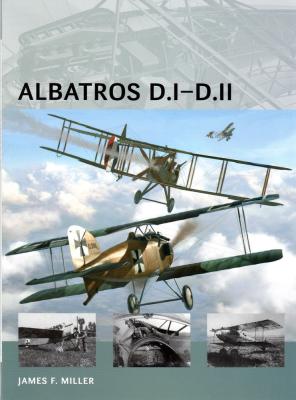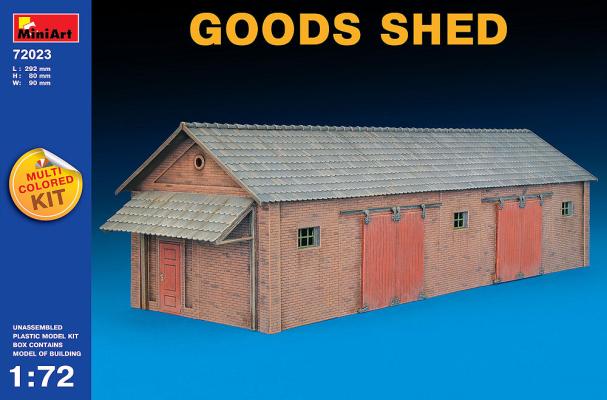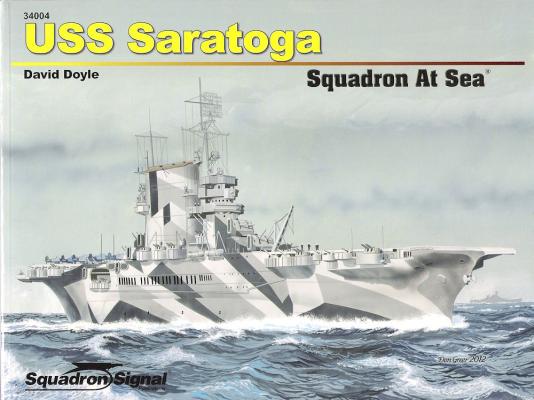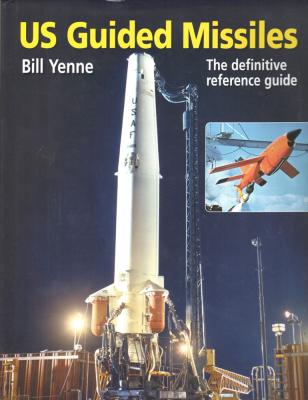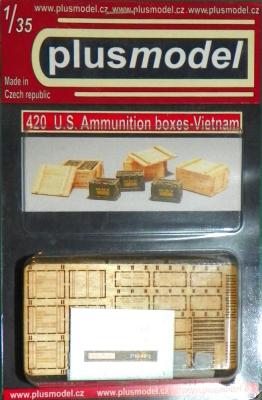Osprey Publishing provides many different lines of aircraft information books for the enthusiast. These include the Aces series, the Elite series, the Dual series, and others. This latest series, Air Vanguard, seems to combine the best of the other series and really seems to be aimed at the modeler as well as the aviation enthusiast.
Welcome to the IPMS/USA Reviews site!
Introduction: The primary organization of the IPMS/USA Review website is by IPMS/USA National Contest Class. Within each Class there are sub-menus by kits, decals, books, etc. The Miscellaneous Class is for items that are not class specific or that cross two or more classes.
IPMS/USA Members: We encourage you to submit reviews, both here and to the Journal. To volunteer for membership in the IPMS/USA "Reviewers Corps" and submit your own reviews, please read the Guidelines For Submitting Product Reviews.
Manufacturers, publishers, and other industry members: IPMS/USA is pleased to offer your company the opportunity for product reviews. All product reviews are performed by IPMS/USA members, and are posted in the publicly-accessible section of our website. With very few exceptions, we perform full build reviews of new kit releases, aftermarket products, and supplies. If you would care to provide product samples for review, please contact John Noack, IPMS/USA 1st VP.
To learn more about IPMS/USA, please see our About Us page.
The Kit
The kit is standard injection-molded plastic, molded in four colors across 78 parts. Wall sections are molded in a brick-red coloration; wooden objects, such as doors, are molded in brown; window frames are molded in white; and the roof shingles are curiously molded in blaze orange. All parts are cleanly molded with very little flash evident anywhere.
It seems as if MiniArt uses a standard set of sprues across all their building kits, as this one yielded quite a few extra parts that were not needed for this build.
A new item recently sent to the IPMS/USA for review by the folks at Squadron is the fourth release in their Squadron at Sea series, and this edition covering the USS Saratoga (CV-3). The book is dedicated to “the crew of the Saratoga – the Ship of Happy Landings – who helped pioneer naval aviation in peacetime, fought valiantly in wartime, and who brought many of the comrades safely home…” The publication is 160 pages long, and as one would expect from the publishers at Squadron, it is filled with many black-and-white photographs as well as a few color pictures and some color drawings. Author David Doyle once again does an outstanding job of telling the story of the Saratoga, from her beginnings in New York Shipbuilding in Camden, New Jersey, to her current resting place at the bottom of the Bikini Atoll. I would highly recommend this book as both a reference and, as well, as a historical telling of the life of the third aircraft carrier of the US Navy.
Thank you to Andrea Lindell of Specialty Press and the IPMS Reviewer Corps for allowing me the opportunity to review this truly definitive resource. Author Bill Yenne does not disappoint in the least; rather,he provides a veritable gold mine of data, photographs, and narrative. He provides a wonderful introduction defining what a guided missile is, but also covers early guided missile concepts and development, the evolution of naming conventions, and, of course, the usual inter-service rivalries and territory disputes. For example, the Air Force and Navy viewed themselves as global projectors of air-power, which guided missiles are part of. The Army, on the other hand, viewed such missiles as a logical extension of artillery, whereas the Air Force thought of missiles as bombers! It didn’t stop there either, with surface-to-air missiles considered by the Army as antiaircraft weapons and the Air Force calling them interceptors.
This is a neat set! You get enough resin ammo cans, laser-cut wood, brass wire, and decals to make three crates. You can also build the crates empty and use the ammo cans separately to fill an even wider scene or vehicle load. The laser-cut wood is well defined and even has engraved sections describing what is contained inside.
Construction began with removing the resin ammunition cans from the pour lugs; a small swipe of a sanding stick and they were ready. Like all resin, it is best to give the parts a good soap and brush cleansing to ensure all mold release agents are removed. Remember that resin particles are hazardous and you should always complete these tasks using water to keep the dust down and wear a cheap doctor’s mask to keep the particulates out of your lungs.











